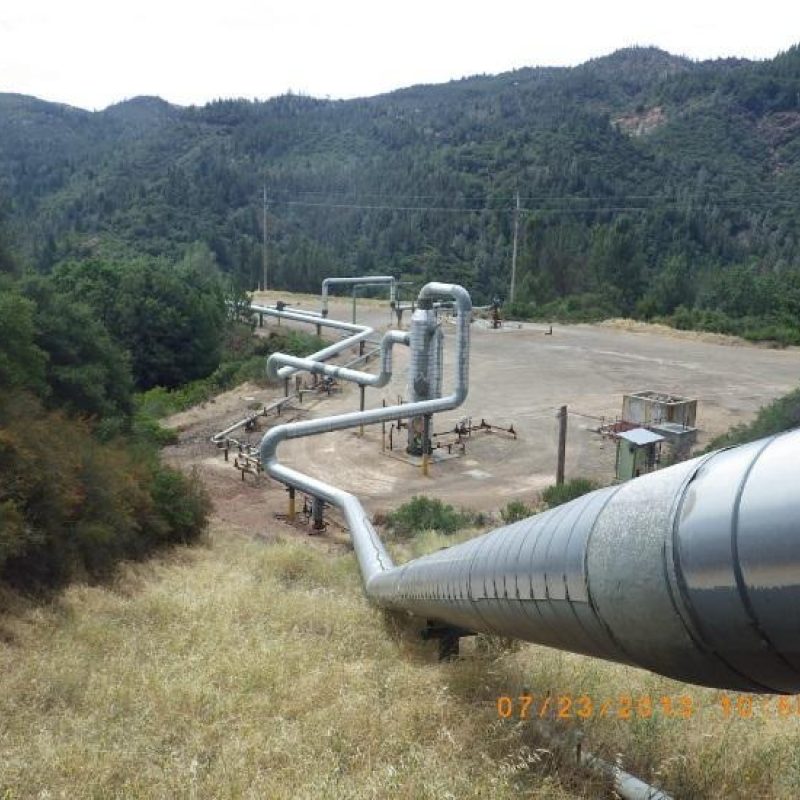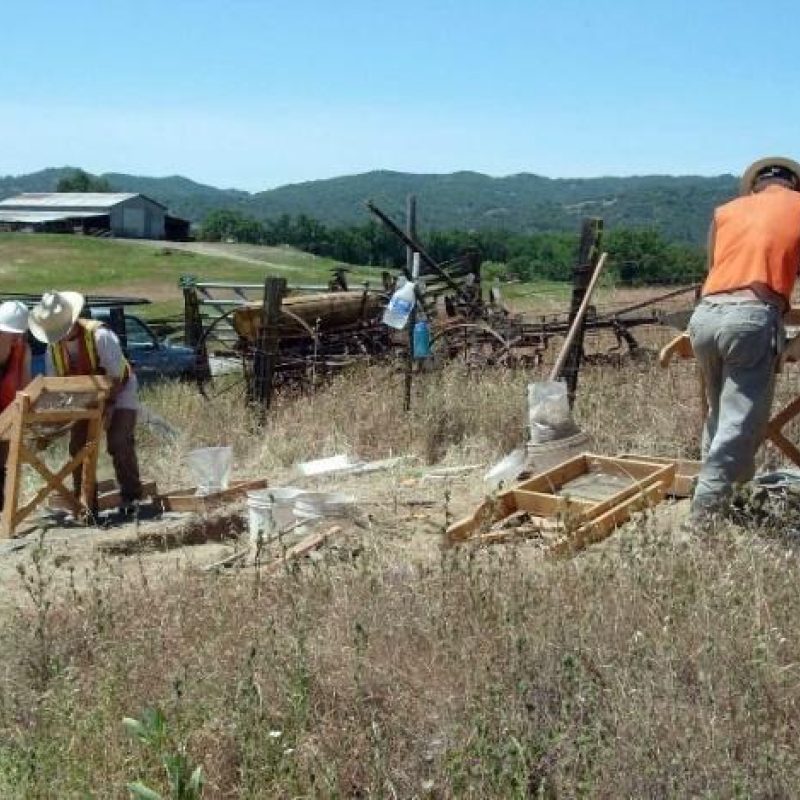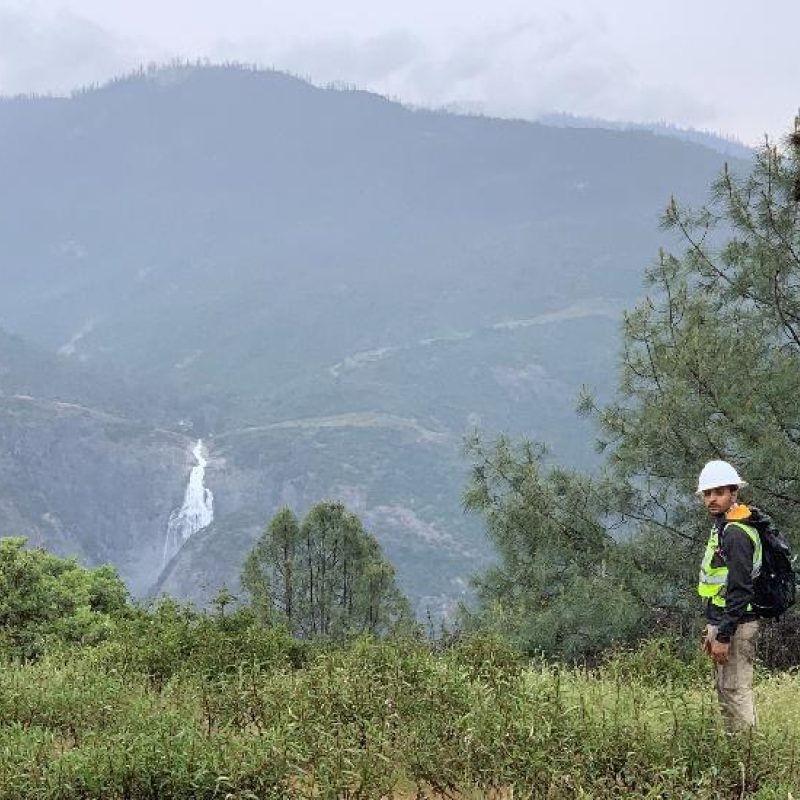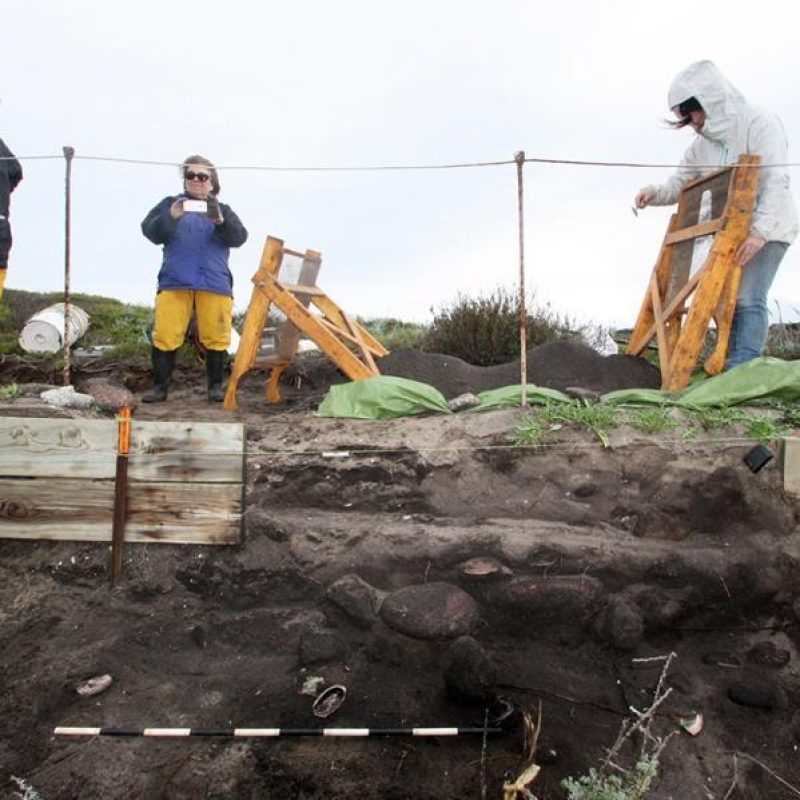
Our Services
Every step of the process, from identification through mitigation, we work as an integrated team to find the most efficient solutions to answer your project's needs.


Your Partner in the Field
Our team has an expansive breadth of knowledge and practical experience in these key cultural resources services. Explore our expertise and reach out with questions about our services.
Site Documentation
Archaeological Inventory / Survey
Historic Preservation
Planning and Feasibility Studies
CEQA, NEPA, and Section 106 Compliance
Incident, Disaster, and Emergency Response
Construction Compliance Monitoring
Archive Research
Resource Testing and Evaluation
Native American Outreach
Effects Mitigation Solutions
Architectural Evaluation
Prehistoric Archaeology
GPS Data Collection & GIS Data Delivery
Field Excavations
Archaeological Research Design and Treatment Plans
We utilize GIS (Geographic Information Systems) in project planning to help us understand archaeological sites and study their spatial patterns and relationships. Through GIS and this process, we create detailed maps for our clients and take the first step in spatial problem solving. This way, we provide our clients with the fundamental spatial information needed to make informed management decisions and streamline their project.
When addressing a project, our team includes experienced geoarchaeologists who are integrated into the planning stages. Geoarchaeologists use their understanding of landscape evolution to assess the potential for encountering buried archaeological sites within a project area. Early identification of buried archaeological sites helps our clients avoid costly delays resulting from unanticipated discoveries made later during construction.
Our team of historical archaeologists have years of experience providing accurate identification, documentation, evaluation and treatment of historic-period archaeological deposits. We meticulously research written records, historic maps, and oral histories to connect artifacts found at a site with specific individuals and time periods. In turn, we provide our clients with thoroughly researched and well-supported documents that resolve their cultural resource compliance needs.
ALTA’s architectural history division evaluates built environment resources for inclusion on the National Register of Historic Places and the California Register of Historical Resources. Our senior staff meet the Secretary of the Interior’s Professional Qualification Standards for Architectural History, and have experience with built environment resources from buildings to engineering cultural landscapes.
Our work could not be completed without our team of specialists in human osteology—the study of human bones. Human Osteology is a central and critical service in cultural resource management as accurate identification of human remains can greatly impact project progress and decision-making. Our human osteologists are equipped with strong technical expertise to accurately identify, analyze, and manage human remains in a variety of archaeological contexts. Along with ancestral groups and project managers, our team works to ensure all human remains are treated in a legal, ethical, respectful, and efficient manner.
We offer remote sensing services with Ground Penetrating Radar (GPR), a geophysical technology that can detect below surface features. This equipment generates radar waves that are transmitted into the ground which allows us to survey archaeological sites without having to break ground. We can then investigate the sub-surface, create soil profiles, map potential buried features and / or identify unmarked graves with less cost, less destruction and overall, greater efficiency compared to traditional archaeological approaches.











